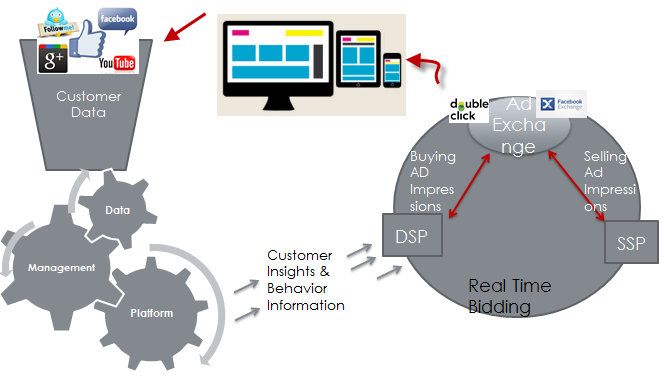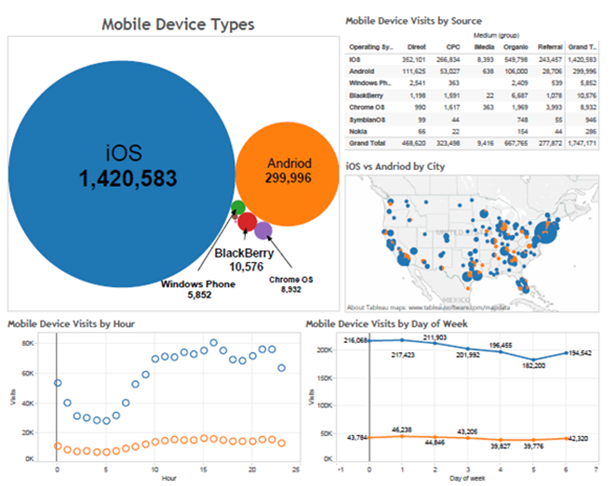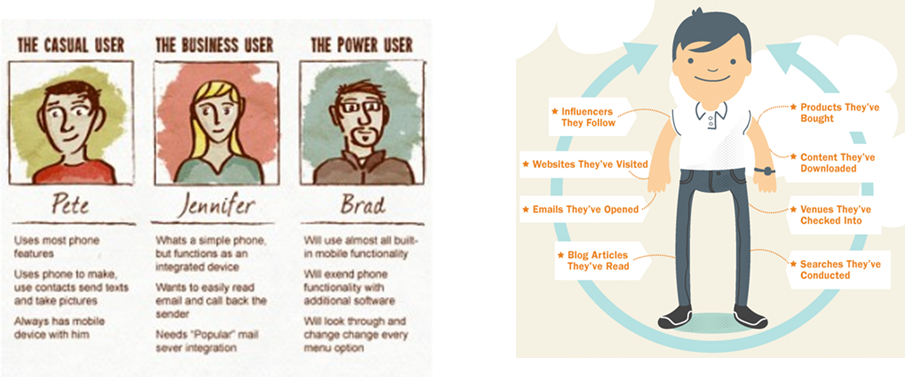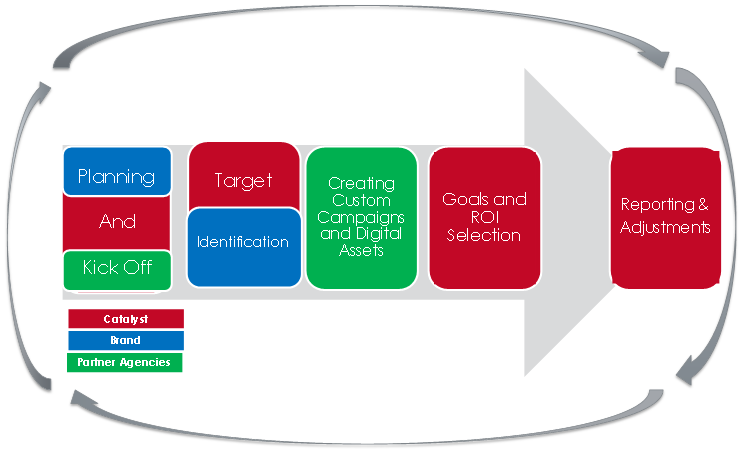Planning and Executing Programmatic Targeting Campaign
July 23, 2014eMarketer estimates that this year, US spending on digital display ads will grow faster than any other format as companies in the digital display advertising ecosystem seek to further prove that display is a compelling storytelling medium for brands.
However the new ad display credo is more like 50% of advertising goes to the wrong customer… and you never know which half that 50% is.
Real Time Bidding and Programmatic customer targeting can help with that problem and utilize marketing budget more efficiently.
Programmatic and Automated Display Ads are the new words on the street. In his article “Why every marketer needs to understand programmatic,” Ben Spiegel talks about Programmatic and why every marketer needs to start thinking about implementing them into their marketing strategy.
“eMarketer now expects US advertisers to spend $8.69 billion on RTB ads by 2017, up from $8.51 billion previously forecasted.”
Source: eMarketer
Transparency, relevance and measurable ROI are what give programmatic targeting its edge. Ben explained all of the components briefly in his “his programmatic article” so I will not get into too many details about programmatic. But here is the visual that might help you get your head around it.
Just keep in mind, just because it’s automated, doesn’t mean it’s a set it and forget it type of system.
Good planning and marketing experience are essential to make your programmatic strategy successful.
As with any great technology, implementation is key. In this post I am not only going to talk about using Programmatic for targeting, but also about the implementation and operation portions of it.
I have broken it down to just a few steps:
- Planning and Kick Off
- Identifying your target (digital persona)
- Creating custom tailored campaigns
- Picking goals and ROI Benchmarks
- Post Campaign Reporting and Adjustment
Planning and Kick off
First and one of the most important steps is to create common goals and get alignment on them from the brand and all participating partners. The planning is very similar to any other digital initiative, but nevertheless, requires careful attention. All important expectations are set at this point and are agreed by the client. Some things to consider for this step:
- What is the goal of the campaign? (Drive signups, product purchase, awareness, etc.)
- Timing and dates?
- What is the budget?
- How will success be measured? (Impressions, clicks, downloads, purchases, etc.)
- Who is the target audience or some characteristics or behaviors that Brand considers to fit their consumer profile? (Males/females, 30-40, household income $75,000+, students, etc.)
- Who is responsible for what portion? (Creative agency, search agency, brand, development)
- What creative assets are available or need to be built? (Standard flash, rich media, video, etc.)
Identifying your Digital Persona
Second is to closely identify your target. I have recently attended a very interesting class at Harvard called “Building and Managing Business Intelligence Systems” by Basem A. Neseim. I highly recommend it to anyone who wants to learn more about BI and managing internal data to improve business decisions.
Business Intelligence or BI is not new; organizations and businesses started to use it in the late 80s to help them with better business decisions. Fast forward it to today and BI and Big Data are hot topics that everyone is talking about and every company is looking to take advantage and use it somehow to improve their business.
In his post “SEO and Business Intelligence Tools,” our Director of Technology Ed talked about how Business Intelligence (BI) and SEO go hand in hand.
Our clients Brands are not an exception when it comes to BI; they have a lot of data that they generate through all of their channels. Just website alone can tell brands a lot about existing visitors and how they are behaving. Visits, time of visits, bounce rate, type of device, pages visited and exit page are just few data points that can be taken and analyzed by SEO to create a more targeted strategy.
Here is an example that one of our Organic Search Director, Andrew Ruegger, created that shows traffic from mobile devices and some segmentation:
By taking those internal, brand insights and combining with external data points, the new digital Persona can be created.
Old vs New Digital Persona
Since new persona is not static, it’s dynamic and therefore more complex, more demanding, more connected. The more data points can be taken into consideration the better the ROI will be. This is a very important step and most of the time should be spent here by data driven SEO.
“This new breed of SEO analyst is moving away from the traditional ranking and analytics tools and instead is leveraging data from multiple sources (paid, social, analytics, etc.) to create custom brand insights and strategies.”
Creating custom tailored campaigns
Once targets are identified, custom tailored campaigns and display ads should be created to capture interest of those customers. This is where help from your partner creative agency can come into play. By using identified goals of the campaigns, whether it’s awareness to drive signups or product purchase, appropriate ads and call to actions can be created. However, planning is not done yet.
Picking goals and ROI Benchmarks
While creative assets are being developed and approved, SEO can focus on identifying ROI that each campaign will be tested, tracked and then measured against. This is a very important step, because a correct ROI will demonstrate if the campaign was effective, if more budget should be allocated to it, if it should be tested further with another Ads or if it should be abounded. This is where brands’ goals and visions will come into play again, as it is always important to align and track appropriate conversion indicators.
Now that we have picked our targets, created campaigns and identified our tracking goals, we can launch our campaigns. It can be done in-house if appropriate setup is in place or by utilizing companies like Xaxis. Depending on the campaign length and set parameters, this is where robots take over and do their targeting magic. Up to this point, workflow was as follows:
Post Campaign Reporting and Adjustment
As you can see, there is still a last step- reporting and adjustments. Reporting will show how well a campaign performed and if ROI has been reached. Based on that report, appropriate adjustments are made and the whole process is repeated again. Because programmatic targeting allows excellent transparency, each time a campaign can be adjusted to improve on existing ROI or tested against new data and goals.
As in any initiative, careful planning and execution are essential for successful implementation. Programmatic can be an excellent addition to other marketing channels and show great ROI when compared to other media. Look at your big data and you might find a new edge and targeting goals that you never thought of before.









